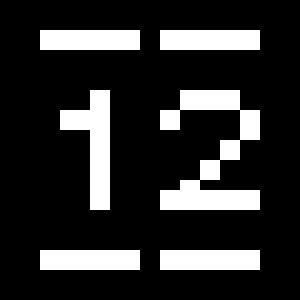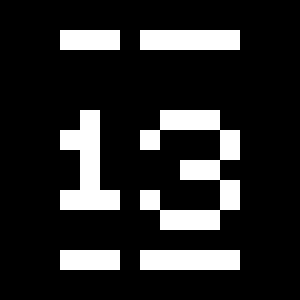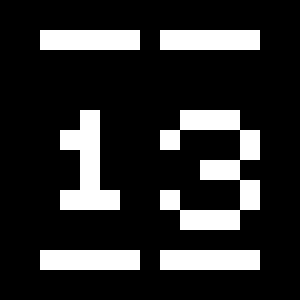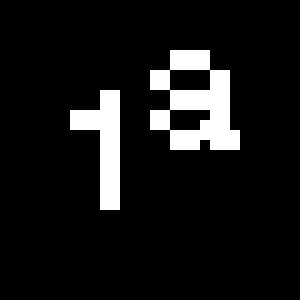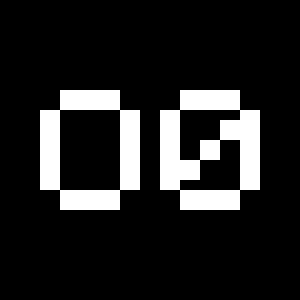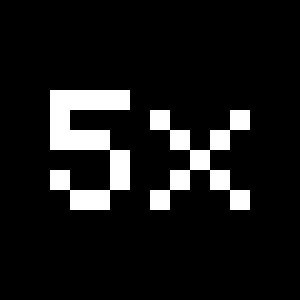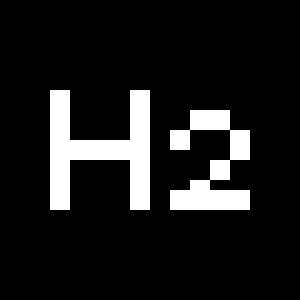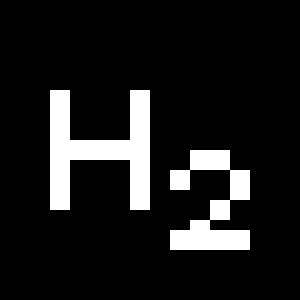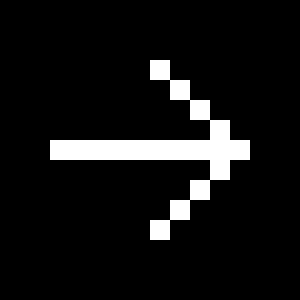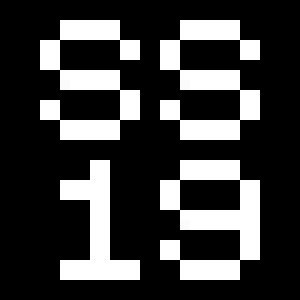Plain
OpenType Features
«Optimo»
@|¦()[]{}¿¡‹›«»-–—·
«OPTIMO»
@|¦()[]{}¿¡‹›«»-–—·
0123456789
0123456789
3/4 3/8 5/8 7/8
3/4 3/8 5/8 7/8
up+down
+±×÷−=≈≠¬∞
up+down
+±×÷−=≈≠¬∞
Habcdefghijklmn
Hopqrstuvwxyz()[].,
Habcdefghijklmn
Hopqrstuvwxyz()[].,
Habcdefghijklmn
Hopqrstuvwxyz()[].,
Habcdefghijklmn
Hopqrstuvwxyz()[].,
Habcdefghijklmn
Hopqrstuvwxyz()[].,
Habcdefghijklmn
Hopqrstuvwxyz()[].,
Habcdefghijklmno
Hpqrstuvwxyz()[].,
Habcdefghijklmno
Hpqrstuvwxyz()[].,
fi ffi fl ffl ff
fi ffi fl ffl ff
abcdefgh
ijklmnop
qrstu
vwxyz
ABCDEF
GHIJKLM
NOPQR
STUVWXYZ
012345678
!"#$%&'()
+,-./:;<=
>?@[\]^_
`{|}*9
abcdefgh
ijklmnop
qrstu
vwxyz
ABCDEF
GHIJKLM
NOPQR
STUVWXYZ
012345678
!"#$%&'()
+,-./:;<=
>?@[\]^_
`{|}*9
Character Map
Uppercases
Lowercases
Accented Uppercases
Accented Lowercases
Standard Ligatures
Punctuation
Lining Figures
Slashed Zero
Numerators
Denominators
Superscripts/Superiors
Subscripts/Inferiors
Circled Numbers
Black Circled Numbers
Prebuilt Fractions
Symbols
Mathematical Symbols
Currencies
Arrows
Ordinals
Pictograms
About
Every word could be a logotype. Text composes effortlessly balanced lines. Plain works from footnote to poster sizes. The graphic aesthetic is unique yet universal.
Plain investigates the rational simplicity of modernism and brings it to a new level of achievement. Few typefaces achieve this state of visual alchemy, which is epitomized by the classic Helvetica from times in which photo lettering was ubiquitous. Plain is incredibly fluid thanks to a drawing that is neither constrained by a geometrical approach nor structured according to the idiosyncrasy of the stroke. Glyphs are designed optically as plain surfaces and, beneath an apparent modern simplicity, their dynamic interactions create a distinct identity.
Plain is the accomplishment of years of research by François Rappo, whose Theinhardt family had set a milestone in revivalist Grotesque typeface design. Plain comes in an exceptionally large range of weights offering to graphic designers a multi-sided tool, ready to prove its utility.



